To ensure the success of the above strategy, national sovereignty in cyberspace must be affirmed and protected. In addition, Vietnam's breakthrough in the new era comes from the development level of productive forces in the digital space, in which the development level of artificial intelligence technology developed by Vietnam plays a decisive role. Therefore, national sovereignty in cyberspace and artificial intelligence technology are two essential components in our digital revolution.
Lesson 1: Artificial intelligence technology is the breakthrough spearhead
The article by General Secretary and President To Lam mentions scientific viewpoints in Marxism-Leninism but with the breath of the fourth industrial revolution era, especially digital transformation. Digital transformation will directly impact all aspects of the country's socio-economic life, defense and security.
In addition to the real physical world, digital transformation expands the development space of each country by bringing many traditional economic activities to the digital world, creating more activities and material values on it and transferring them back to the real world. Even with the stormy development trend of digital technologies, the ratio of digital economic scale to traditional economy is increasing rapidly and will surpass the scale of traditional economy in the future.
The achievements of the fourth industrial revolution have fundamentally changed all aspects of social life, in which the means of production have shifted strongly from tangible (in the physical world) to intangible (the digital world). In Marxist-Leninist theory, the productive forces include means of production, tools of production and human resources. The basic production process is understood as, with means of production in the form of input materials, human resources use production tools to manufacture final products for users or intermediate products used in subsequent production processes. Products in any form have economic value and are considered means of production in the form of output. In the digital world, how do these factors manifest?
First, the means of production have changed from raw resources, metal ores, coal, oil and gas, wood, and traditional agricultural products to data. In the digital transformation process, data is the raw material generated from digital technology application activities. It is used as a form of resource with the function of input material for other digital technology-based production processes.
Thus, the means of production aspect in the fourth industrial revolution will include tangible means of production (agricultural raw materials, coal, ores and minerals...) and digital means of production (data, copyright, knowledge). Data becomes an important resource of each country, even their scale is unlimited in cyberspace. They are generated in large quantities by advanced production tools and human resources in the digital space.
Next, human resources (muscle strength and intelligence) are formed through the digitalization of representations of human knowledge and intelligence. In essence, knowledge and intelligence are simulated by digital models with an extremely large amount of knowledge data in the human brain as well as the way the brain operates and reason. Some typical artificial intelligence (AI) technologies that simulate the brain are neural networks and deep learning networks.
In the current era, human resources are the most important element of the productive forces. Therefore, AI is the quality of human resources in the digital space. It is the decisive factor for the breakthrough in labor productivity, especially the level of labor creativity, on the overall scale of the digital economy of each country. For Vietnam, AI technology developed and applied to serve the digital economy will play a decisive role, creating a breakthrough in economic value, enhancing competitiveness in the world, and bringing Vietnam forward strongly in the new era.
For production tools in the digital space, they are the fundamental technologies of the fourth industrial revolution such as AI, Internet of Things (IoT), Big Data, Cloud computing... The special thing about AI is that it is both a human resource and a production tool in the digital space. IoT can be understood as data "mines" because IoT-compatible devices, such as environmental monitoring devices, remote sensing satellites, traffic cameras, electric meter reading devices in each household, smartphones of each citizen..., continuously collect information around and create data from the real world.
Through the internet connection channel, data resources are downloaded directly from the "ore mines" to the collection points and transfer stations before being brought to the central warehouse. Our modern digital life with all its conveniences is an endless mine of data generated every day, every hour. As digital technology becomes more and more popular in our lives (the scale of the digital economy and the popularity of the digital society reach new heights), data is even created at an exponential rate.
Huge amounts of data are generated in cyberspace and need to be stored and archived before they can be put into production lines. This is where big data comes in - smart warehouses for storing huge amounts of data, capable of intelligently and efficiently managing the import and export of materials and delivering them to the right factories and production lines. Cloud computing and high-performance computing with extremely high-speed AI superchips are the factories that produce data information.
By considering digital materials in large data warehouses as input materials, these AI superchips combine AI models integrated on those chip infrastructures to operate, exploit, and produce digital products on super-fast computing lines. In essence, superchips and AI models are the brains that create digital products and new knowledge at the output of the production line. This knowledge has very high material value when it is transmitted back to the real world.
In the current boom of Generative AI technology, the output knowledge products from the digital production line are popular in the form of accurate and effective responses from intelligent virtual assistants to users (based on data contained in millions of digitized and trained texts, documents, books and newspapers, for example: ChatGPT by OpenAI).
This knowledge can also be forecasts of climate change, storm impacts, and landslide risks in areas that are likely to be affected (based on remote sensing images from satellites, AI can analyze and predict the path and scale of storms, then combine with GIS and environmental data to assess the risk of storms and floods in each affected area). These forecasts can reduce damage and casualties if we take timely disaster prevention actions based on the scenarios predicted by AI.
AI can even point out loopholes in state management in the financial sector, detect suspicious financial transactions in a network of closely linked legal entities, and many transactions of buying and selling goods and services to commit fraud and tax evasion. Based on billions of digitized financial invoices in Vietnam today, AI can analyze a super-large graph with millions of nodes representing millions of organizations and businesses in the economy, and billions of directional links between them, from the business issuing the financial invoice to the business receiving the invoice.
Deep learning analysis on this hypergraph helps us detect groups of suspicious business nodes (clusters, even hundreds of businesses) that trade invoices with each other to evade taxes... Analyzing the graph linking businesses to detect the above suspicious business networks is impossible in the old production method based on manual screening by tax officials. In short, all this knowledge is created and detected by AI in cyberspace and brings great economic-social, security-order value to the real world.
In the global competition in the new era based on science, technology and innovation with the main material being intelligence, with the digital economy, each country must pay close attention to which technology (i.e. production tools) brings the highest value increase. Here, AI, IoT, Big Data and Cloud are important production tools.
All rely on AI (human resources in the digital world) to operate and transform data resources into knowledge and intellectual products that bring great material value to the real economy of the country. This affirms the breakthrough role of AI in the capacity of the digital economy in particular and the overall Vietnamese economy in general. It is completely consistent with the theoretical viewpoint in the article of General Secretary and President To Lam: "Artificial intelligence (AI), Internet of Things (IoT), big data and cloud computing are gradually becoming important production tools in many industries and fields".
(To be continued)
Major General, PhD NGUYEN NGOC CUONG, Director of the Department of Administrative Management and Social Order Police, Ministry of Public Security
Associate Professor, PhD NGUYEN TRUONG THANG, Director of Institute of Information Technology, Vietnam Academy of Science and Technology
Source: https://nhandan.vn/chu-quyen-khong-giant-mang-va-tri-tue-nhan-tao-hai-thanh-phan-quan-trong-bao-dam-su-dot-pha-cua-cach-mang-chuyen-doi-so-quoc-gia-post832563.html



![[UPDATE] April 30th parade rehearsal on Le Duan street in front of Independence Palace](https://vstatic.vietnam.vn/vietnam/resource/IMAGE/2025/4/18/8f2604c6bc5648d4b918bd6867d08396)


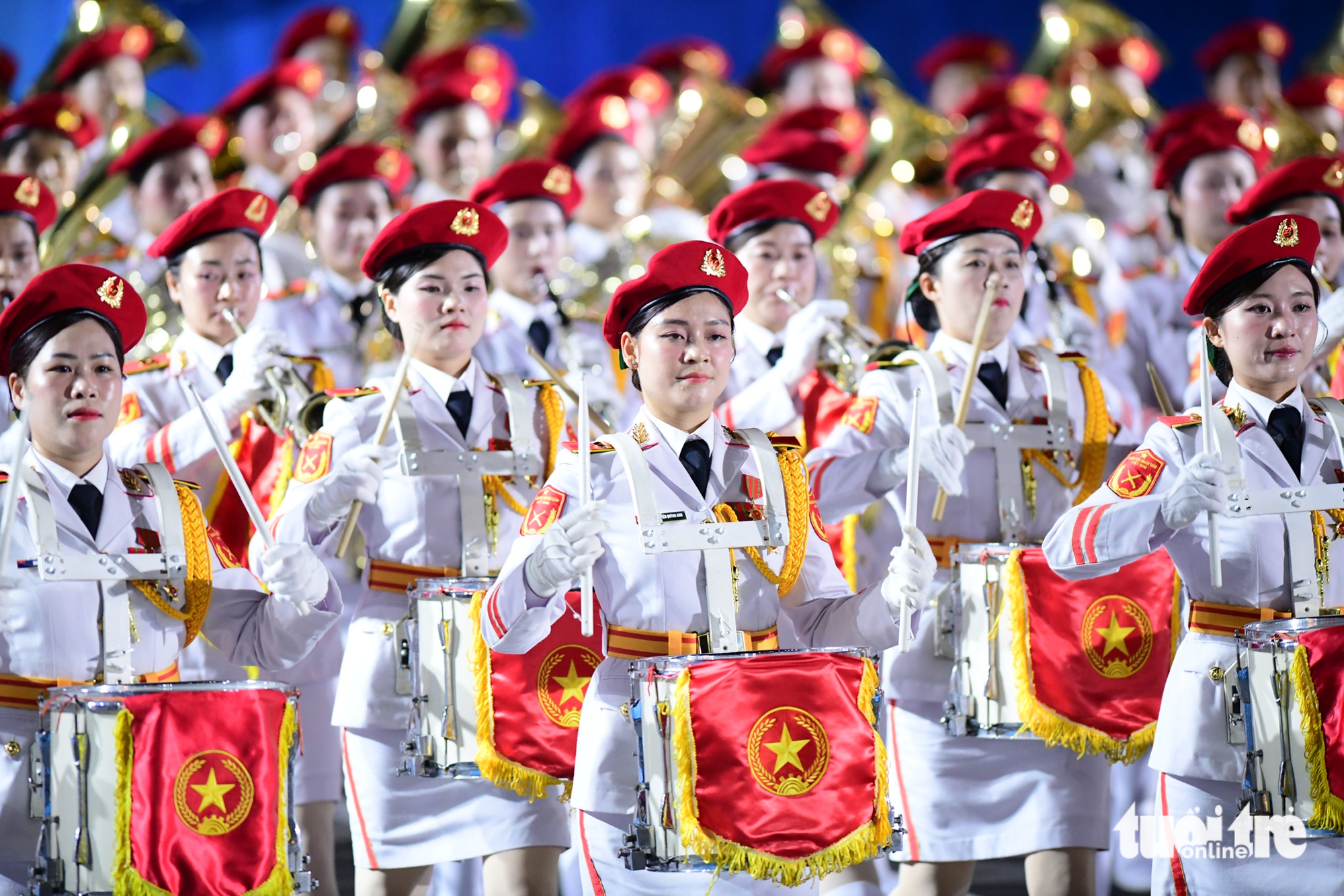
![[Photo] Prime Minister Pham Minh Chinh receives Mr. Jefferey Perlman, CEO of Warburg Pincus Group (USA)](https://vstatic.vietnam.vn/vietnam/resource/IMAGE/2025/4/18/c37781eeb50342f09d8fe6841db2426c)
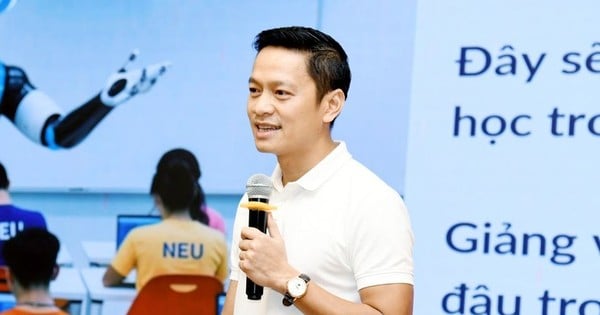

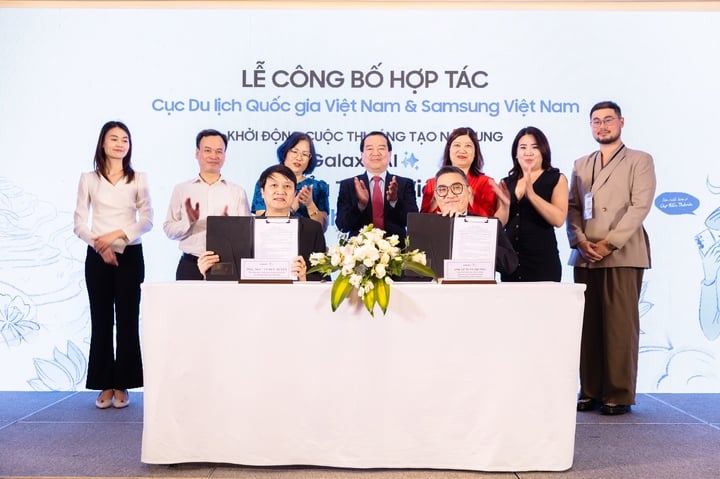



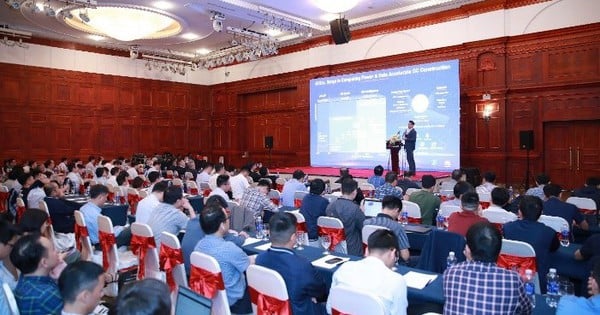

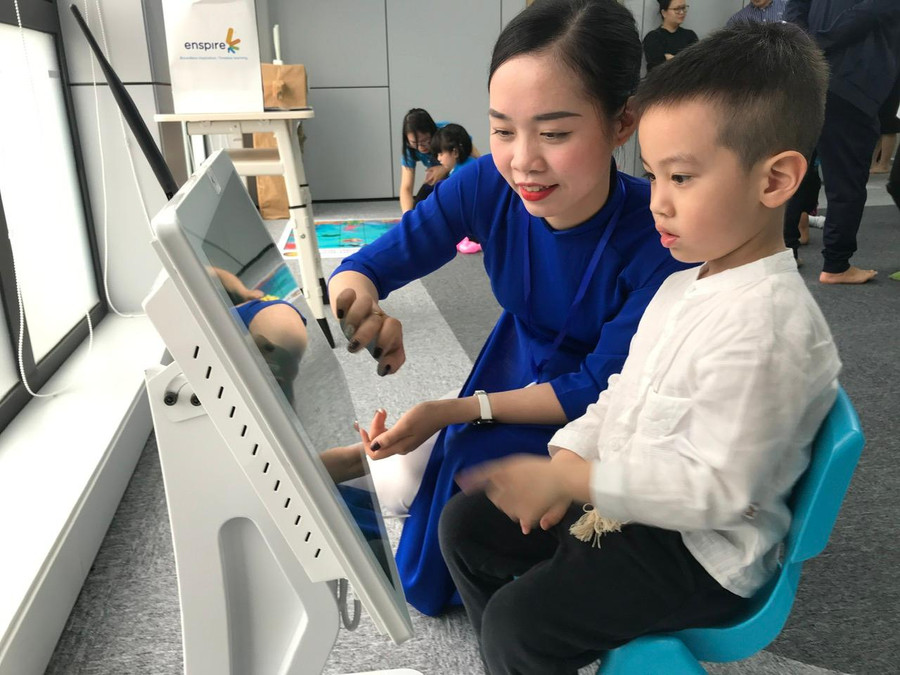



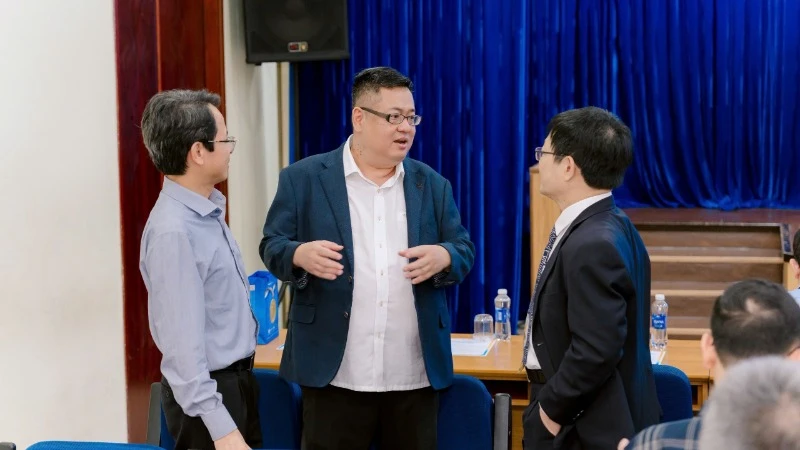

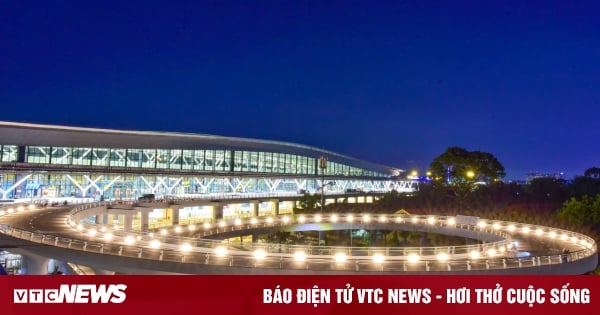

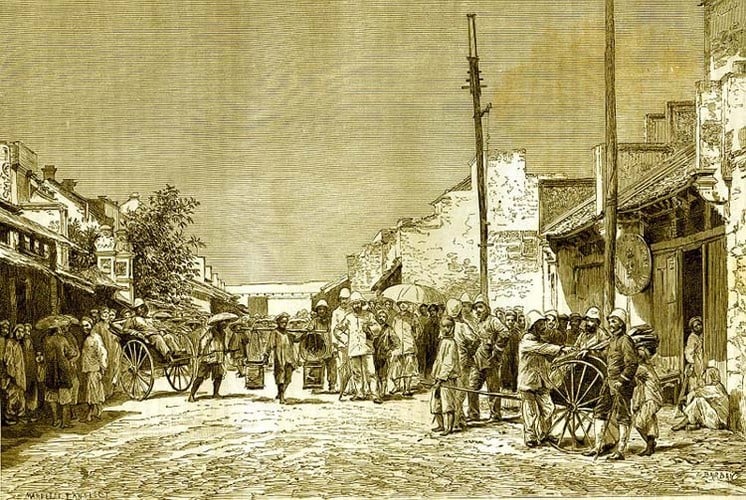
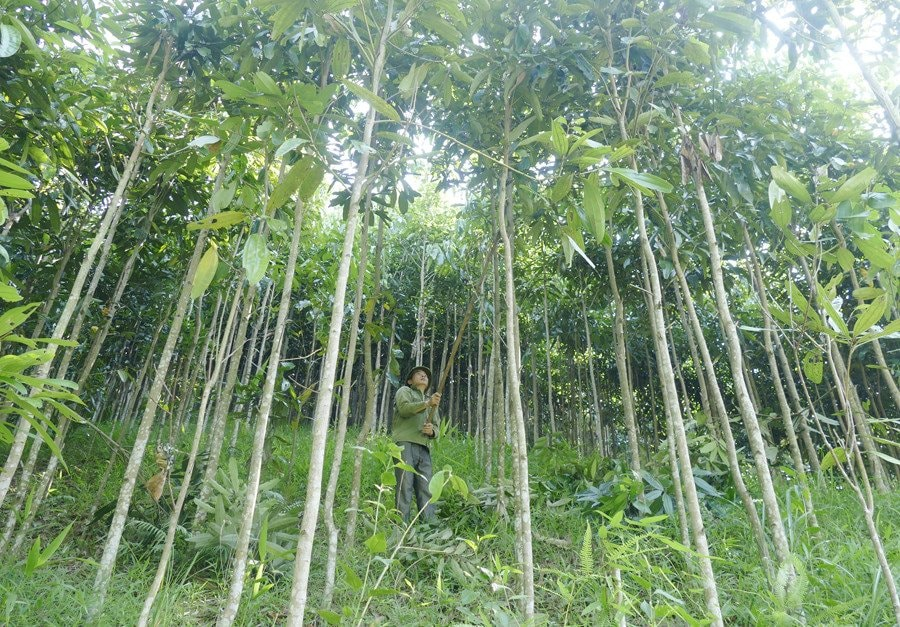




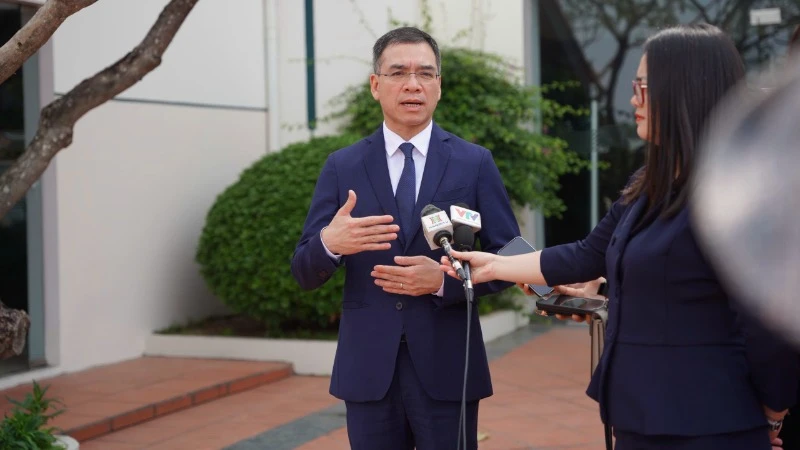
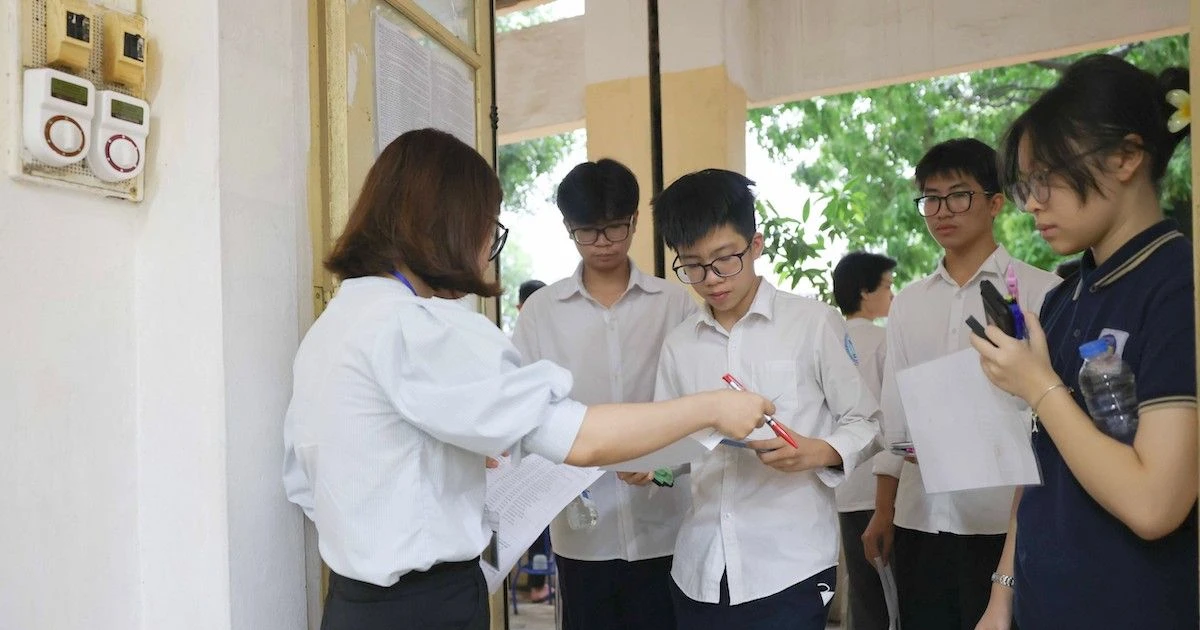
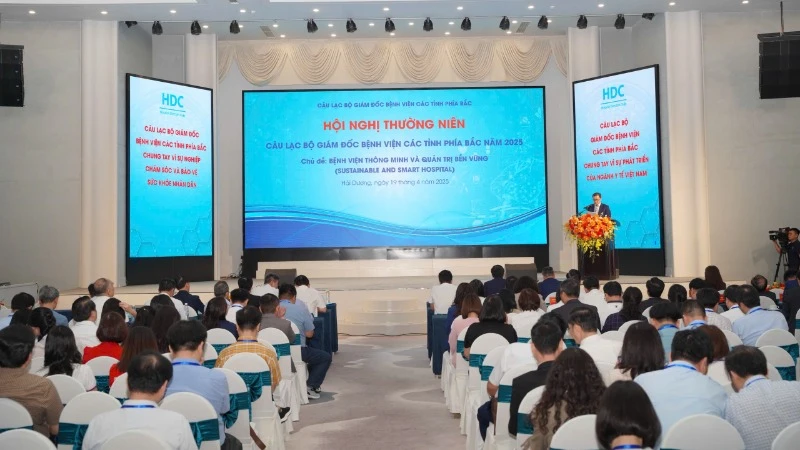
![[Video] Nearly 957,000 candidates registered for the 2025 high school graduation exam trial](https://vstatic.vietnam.vn/vietnam/resource/IMAGE/2025/4/19/4a8dd3609d5743ea8f00a2c940729271)
![[Video] Ministry of Industry and Trade requires strict inspection of fake food, milk and medicine](https://vstatic.vietnam.vn/vietnam/resource/IMAGE/2025/4/19/190da04a17a343c79822b86326c48b4f)
![[Infographic] Spreading the spirit of entrepreneurship and innovation among students](https://vstatic.vietnam.vn/vietnam/resource/IMAGE/2025/4/19/2a4ec5de73eb487eafd94afa7dfcbd73)


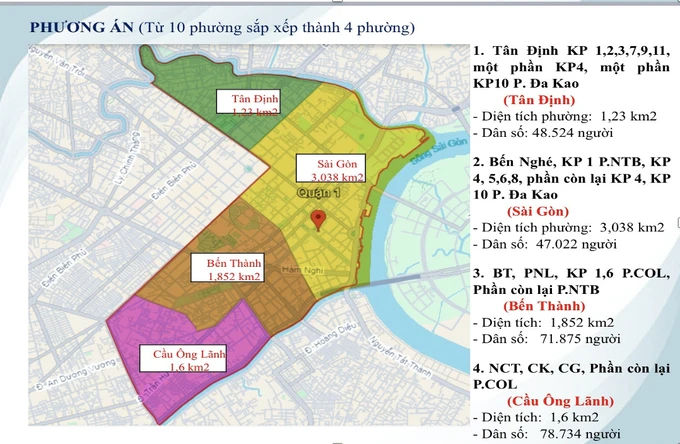







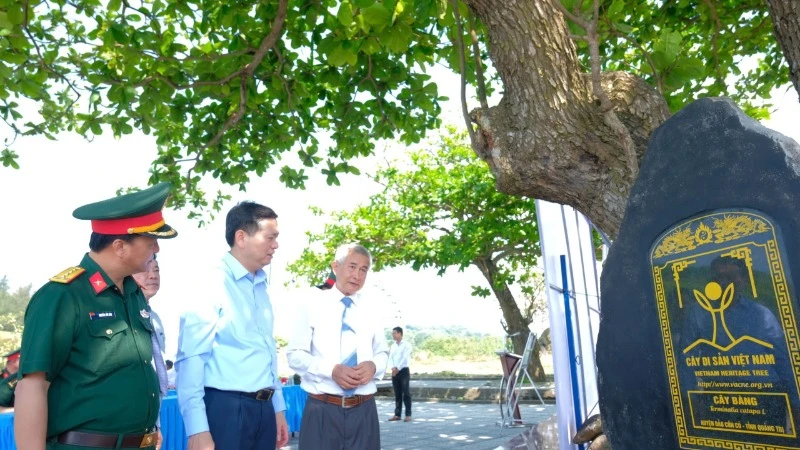














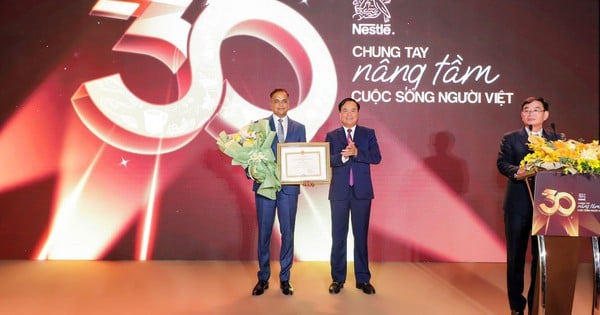

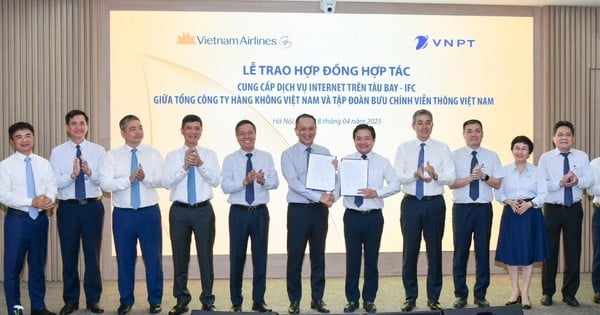
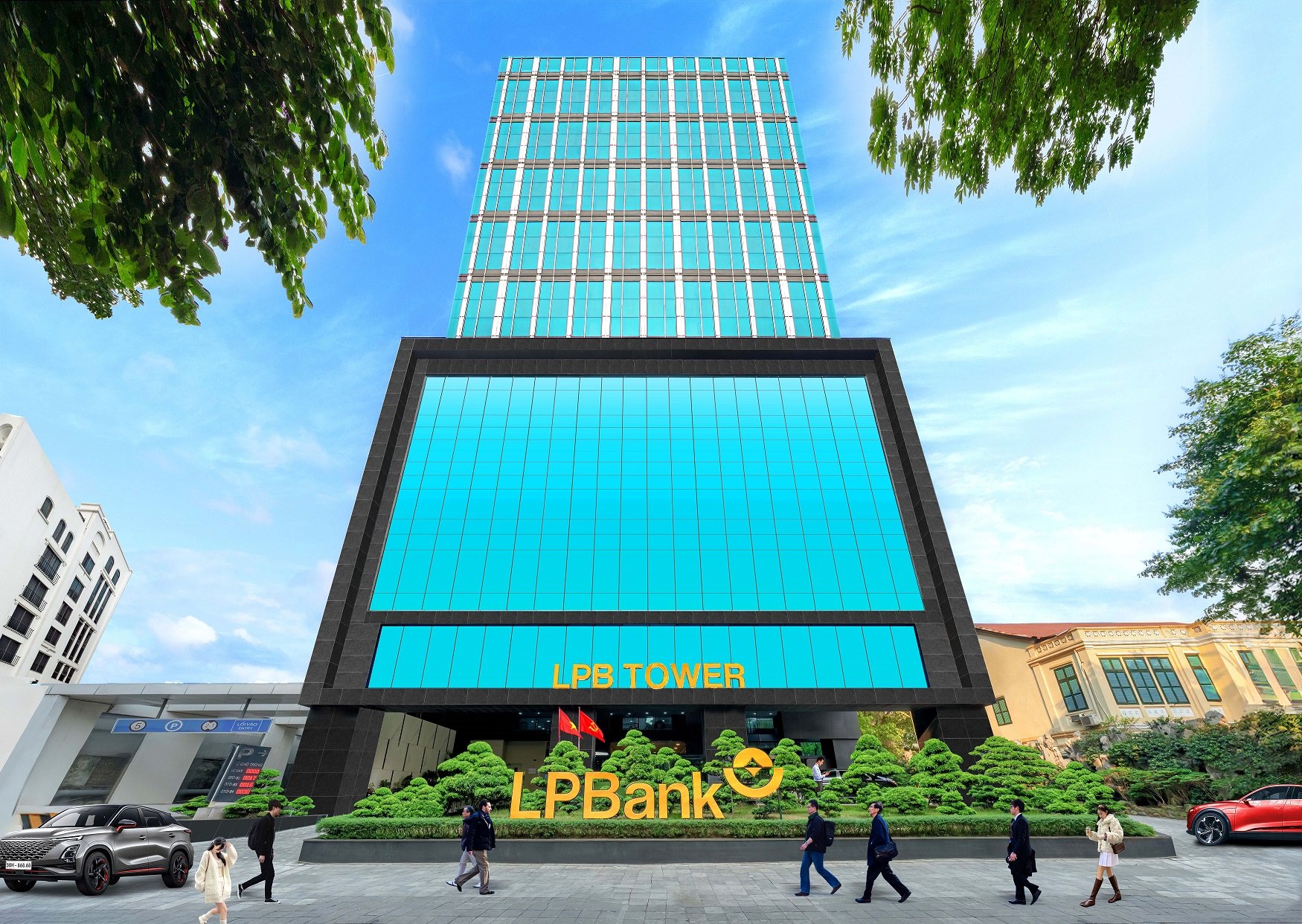





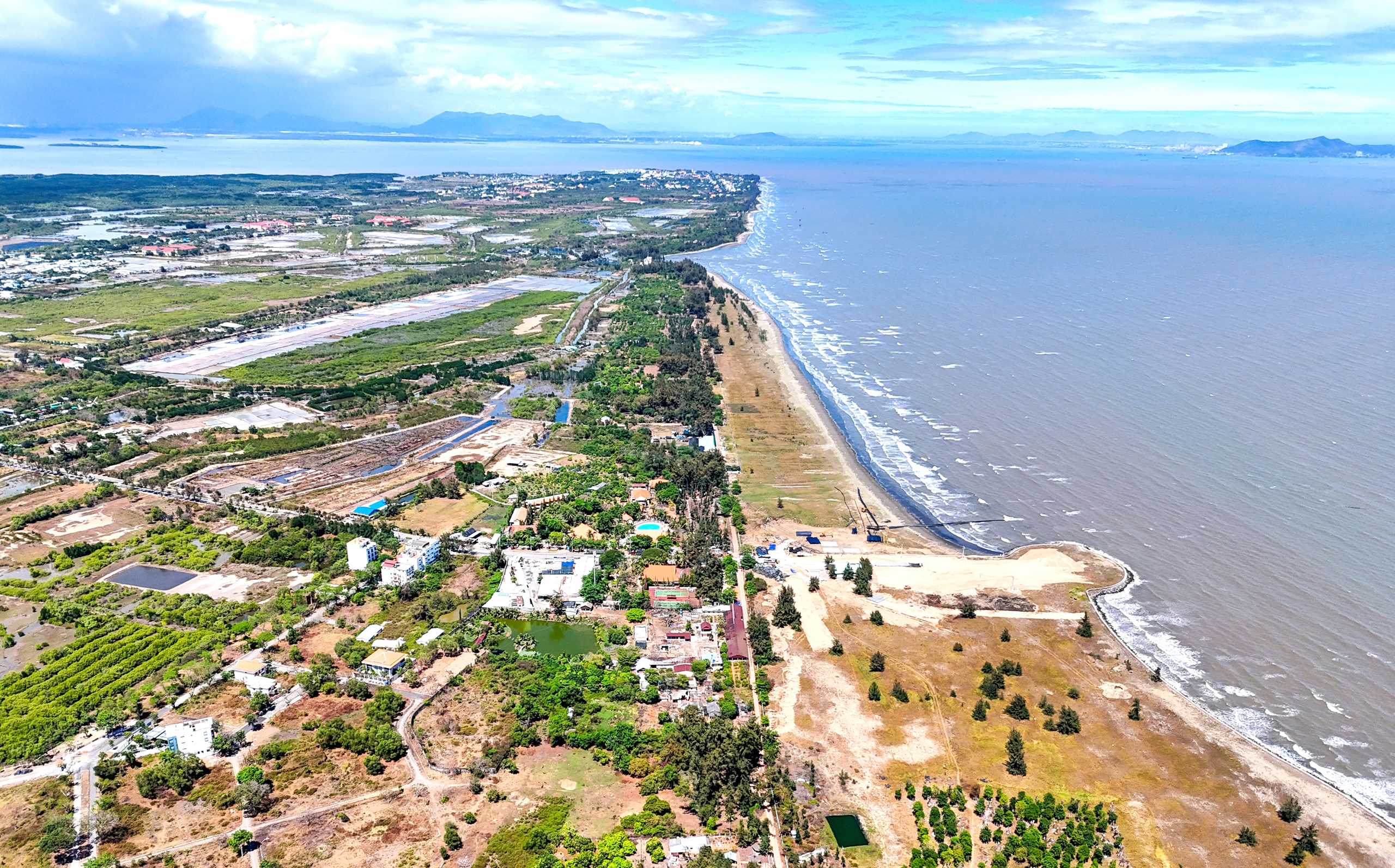

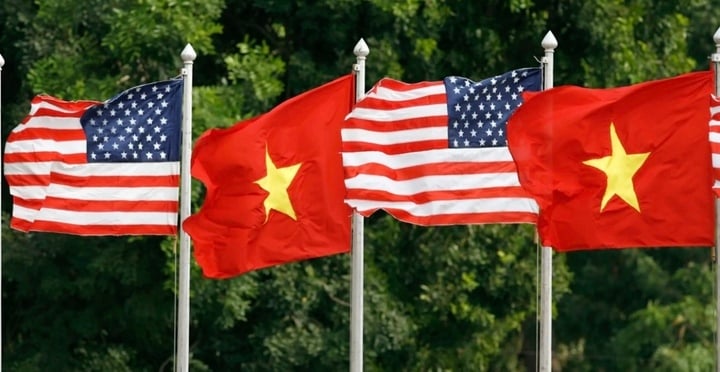

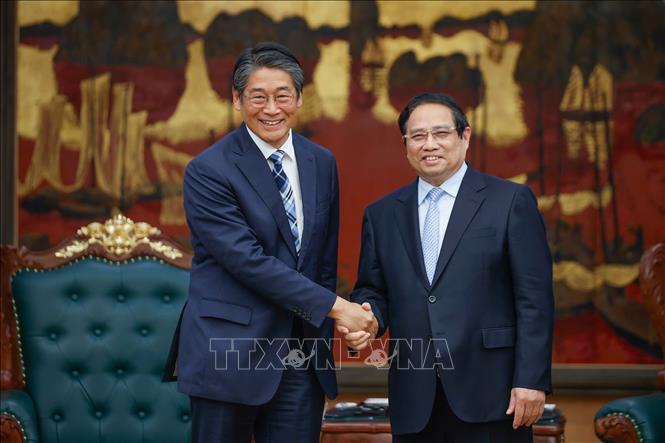




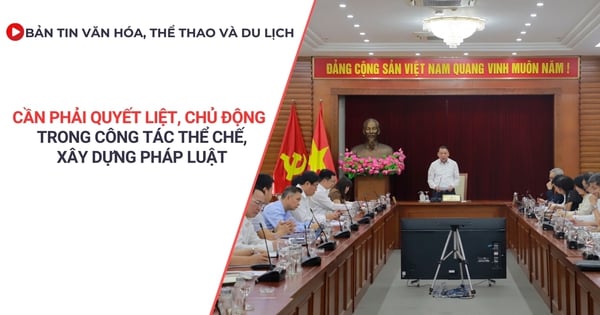
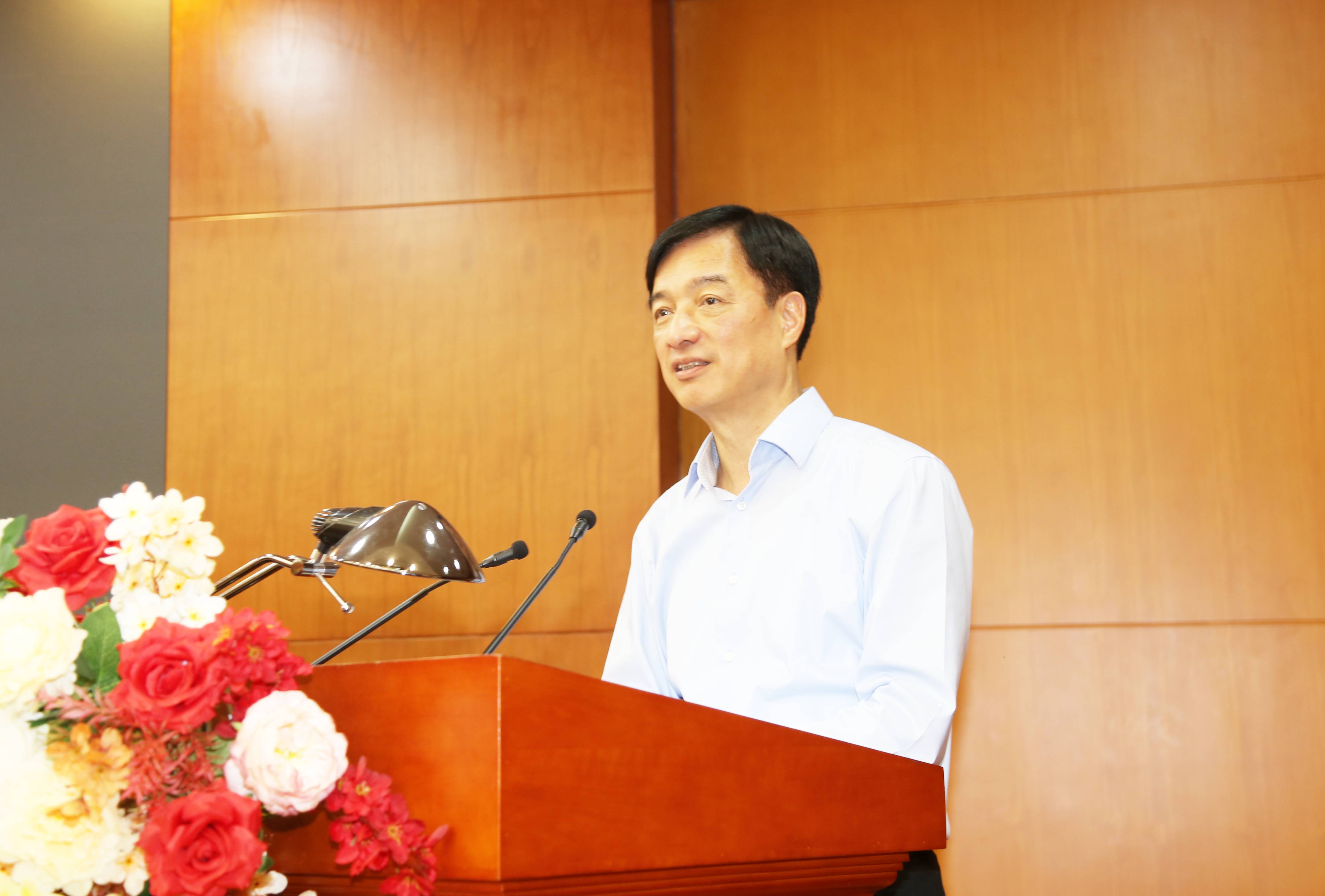

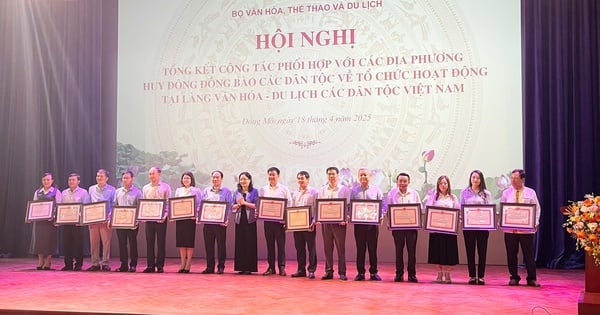

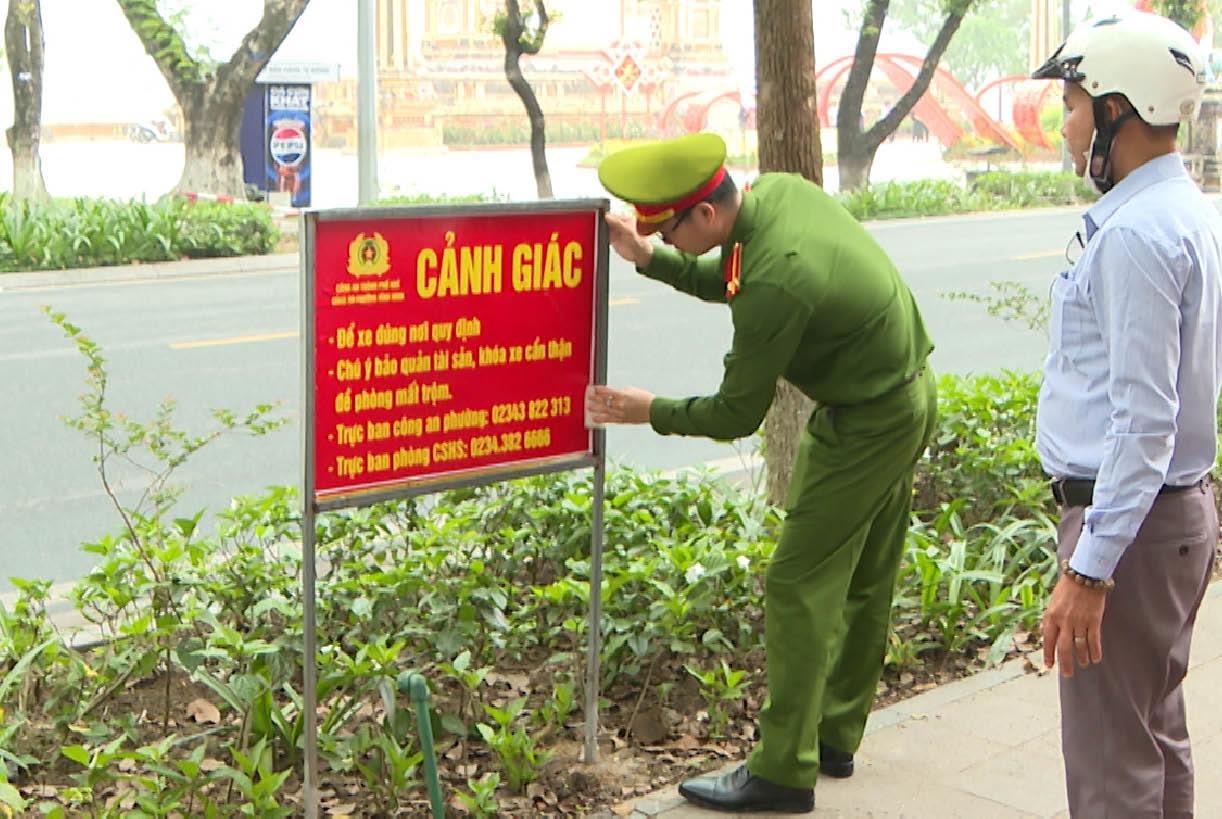





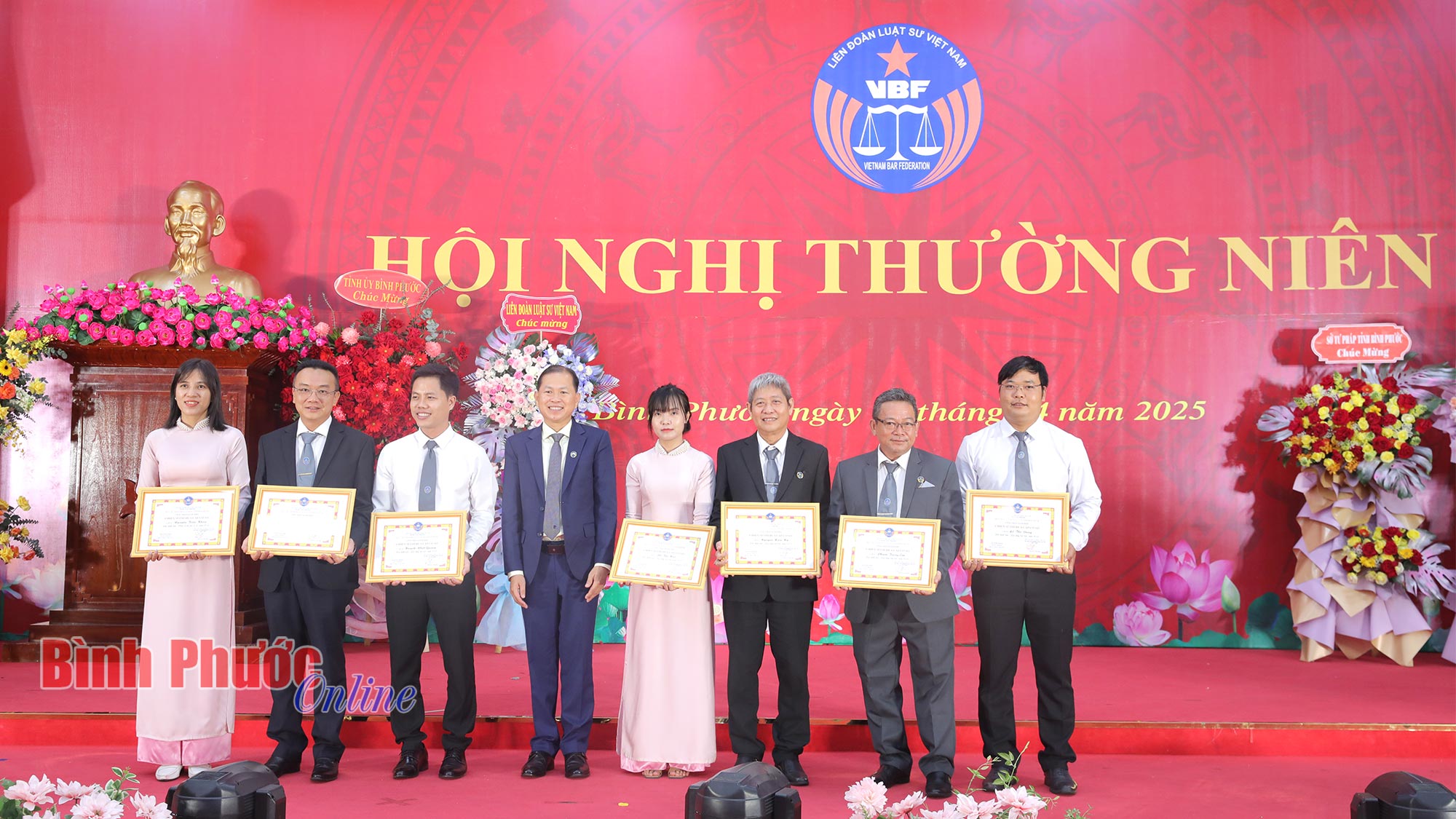

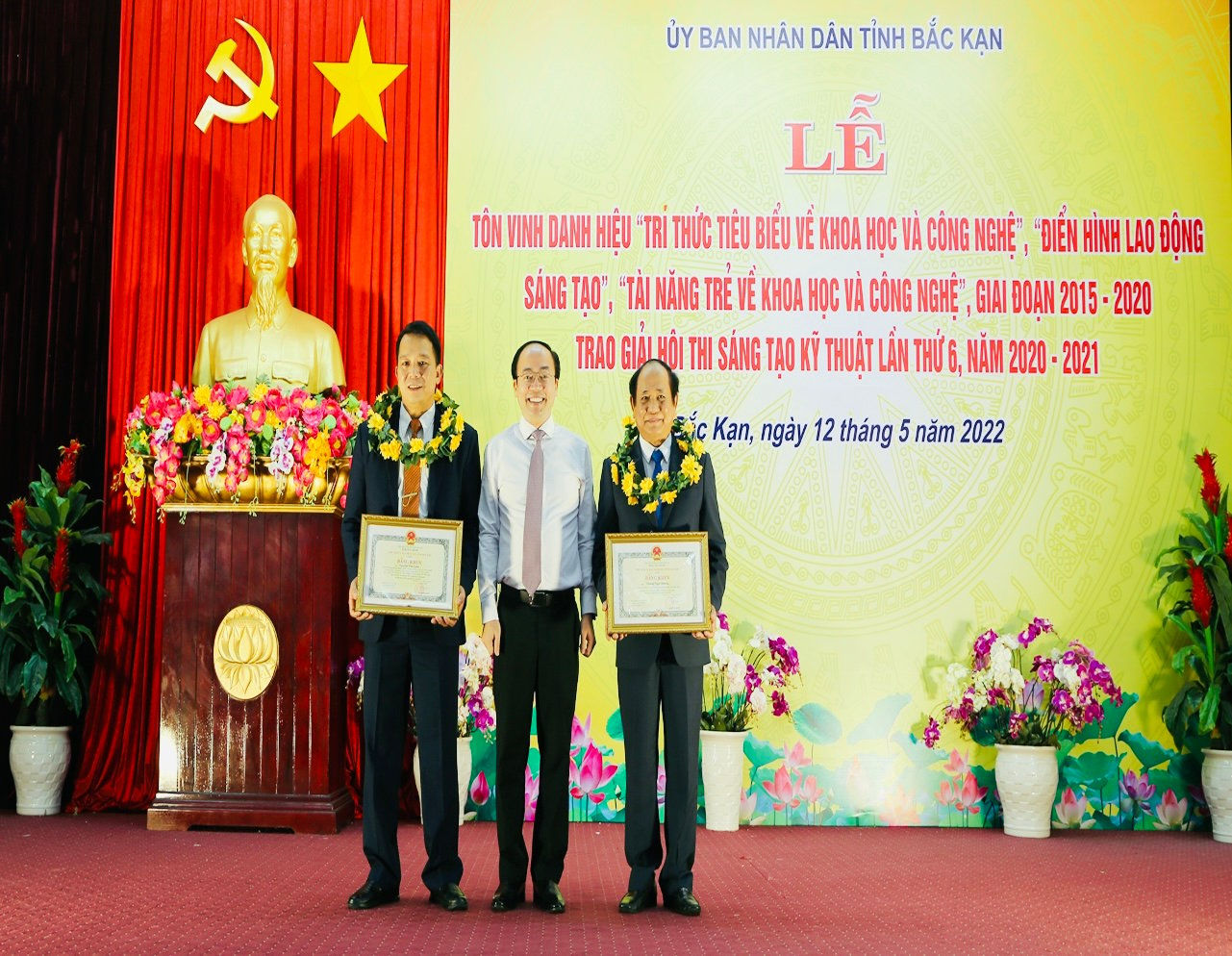



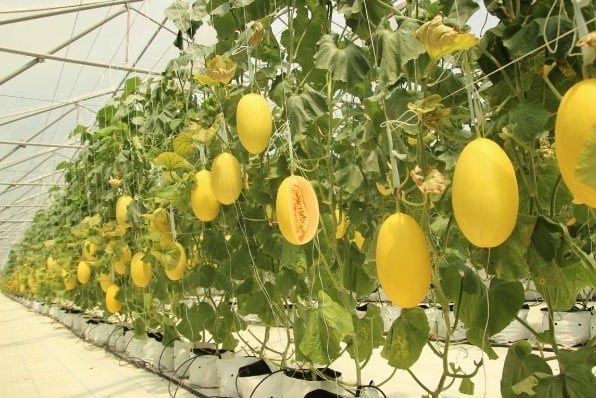
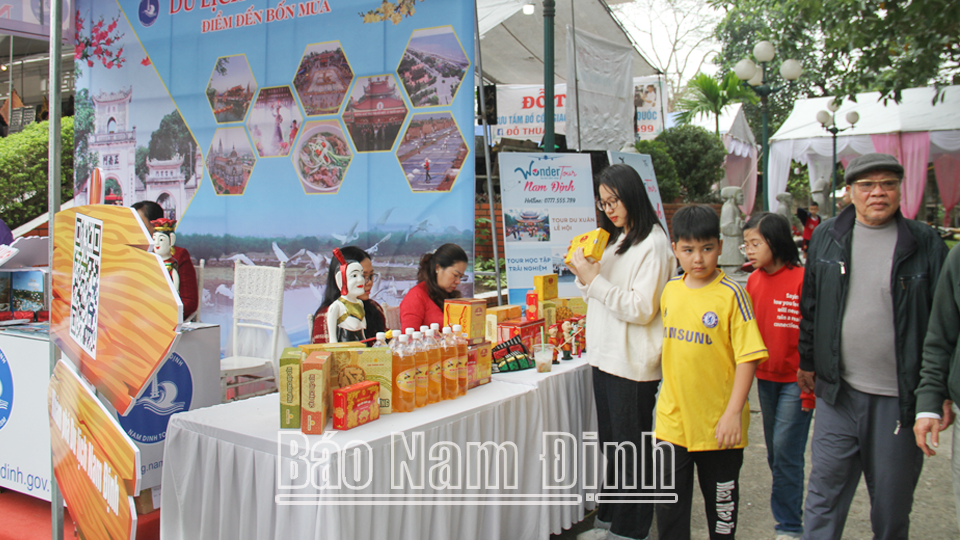


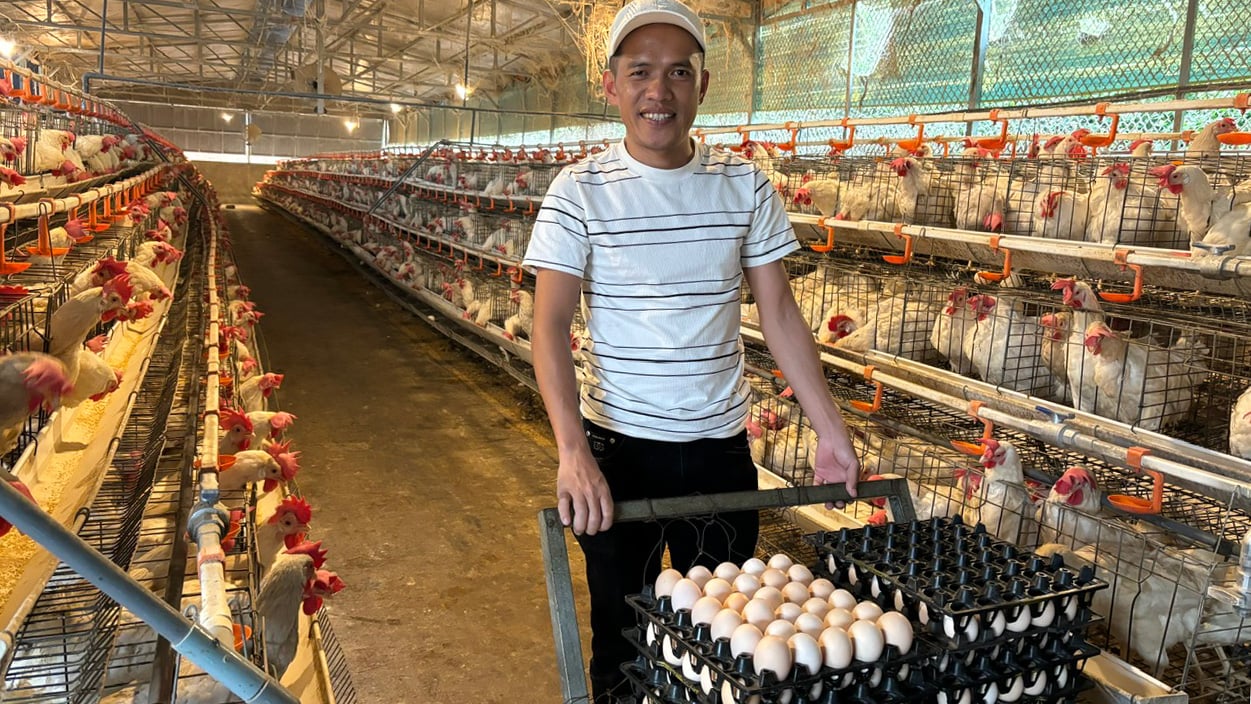

Comment (0)